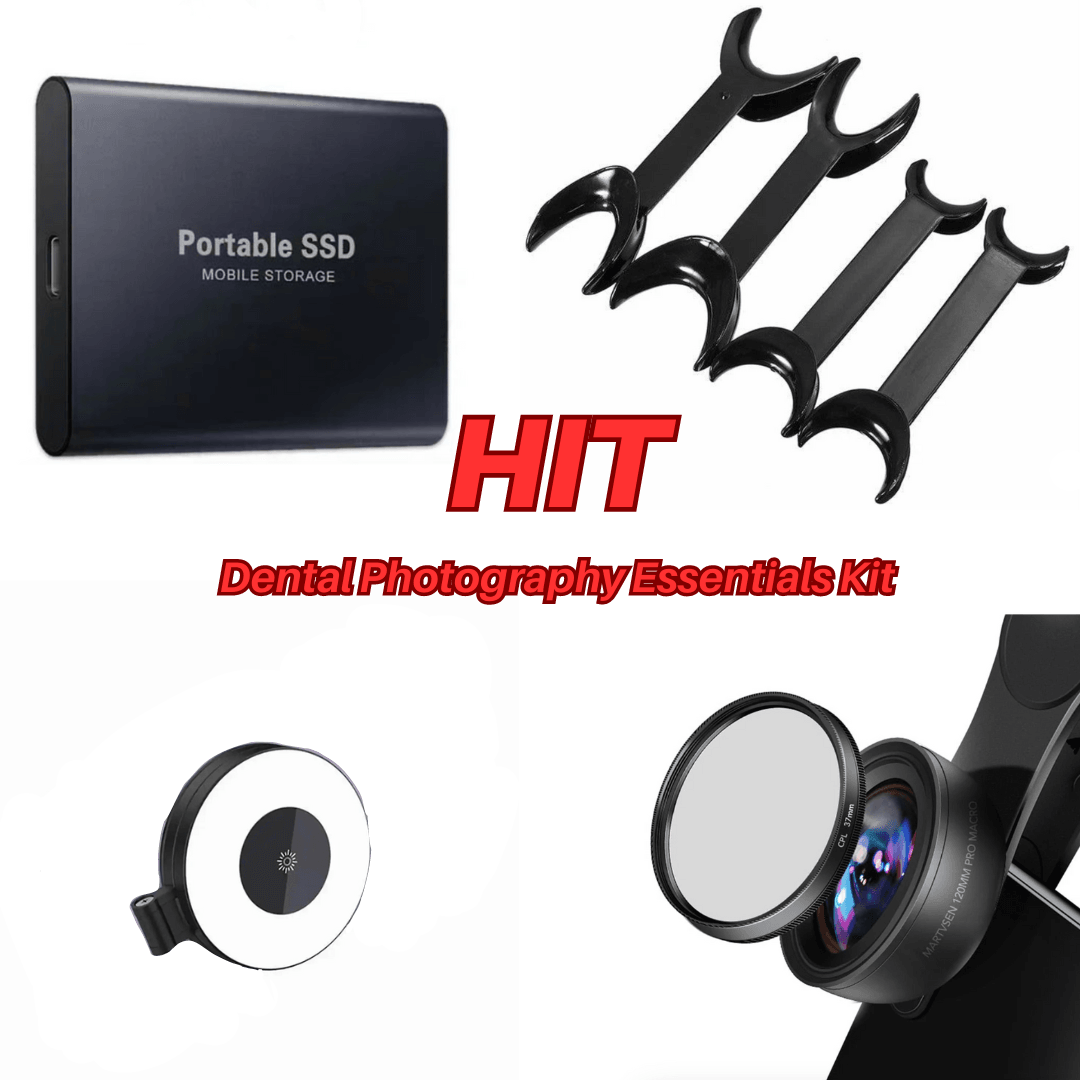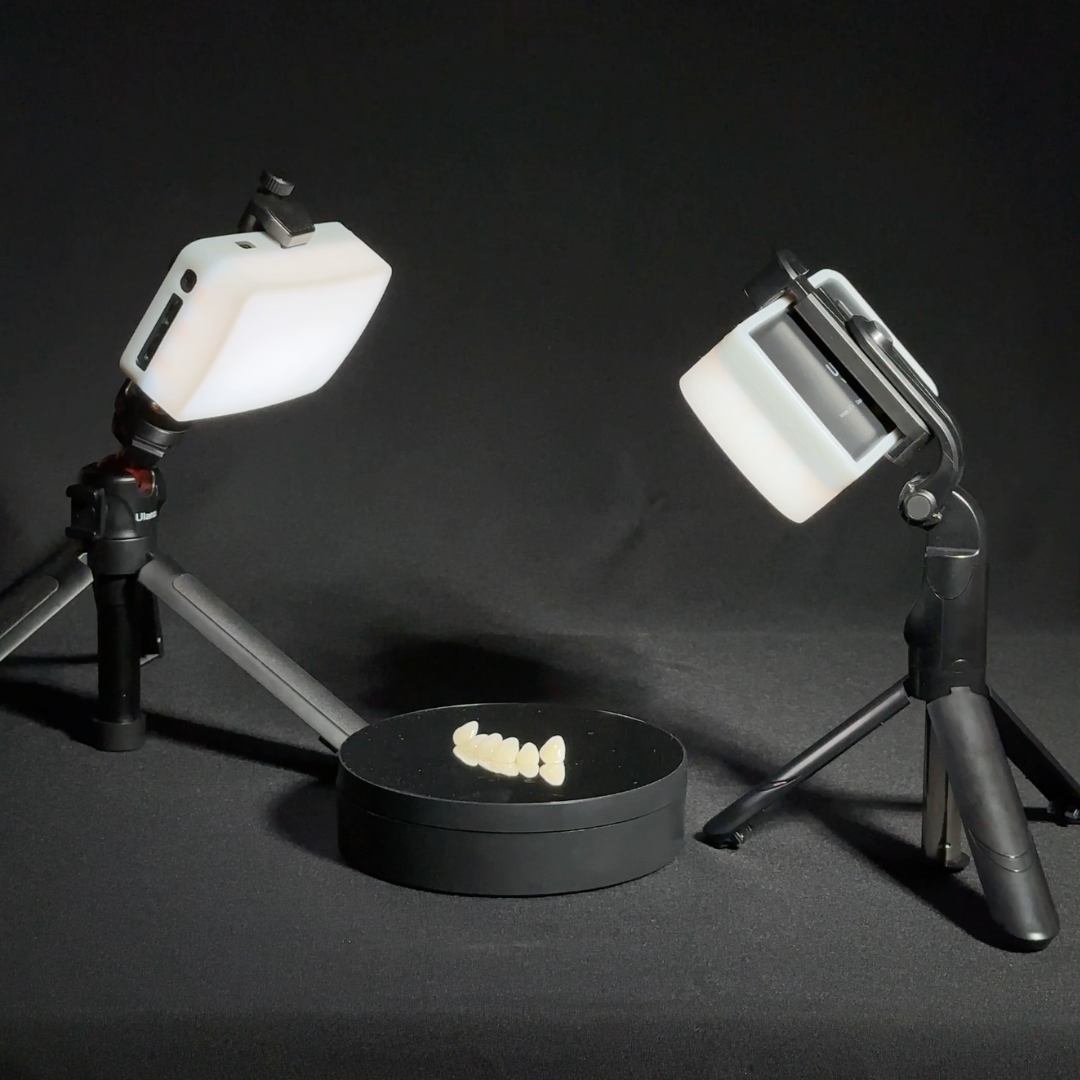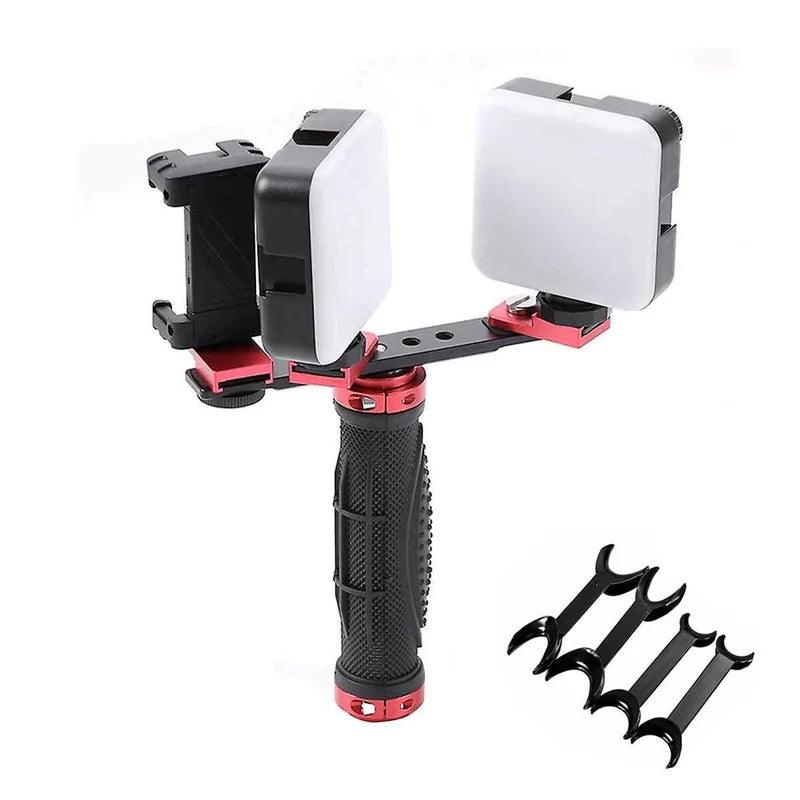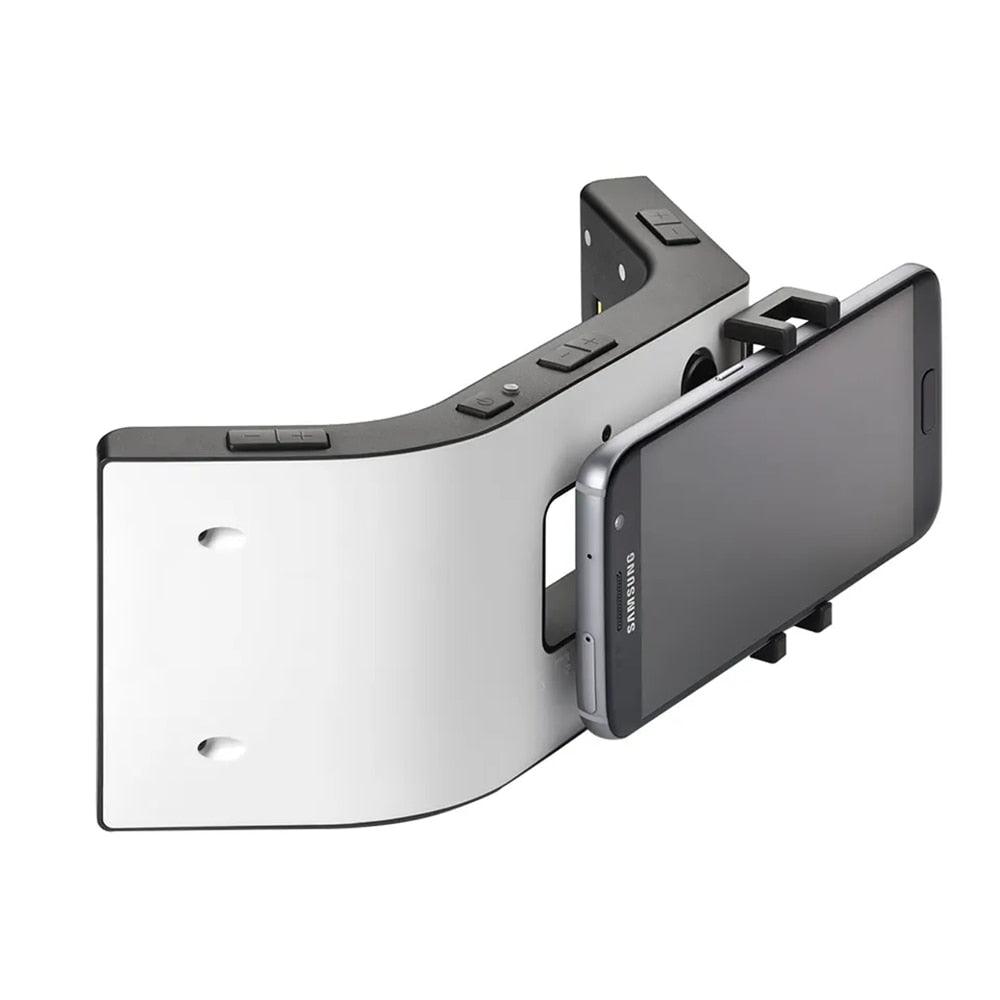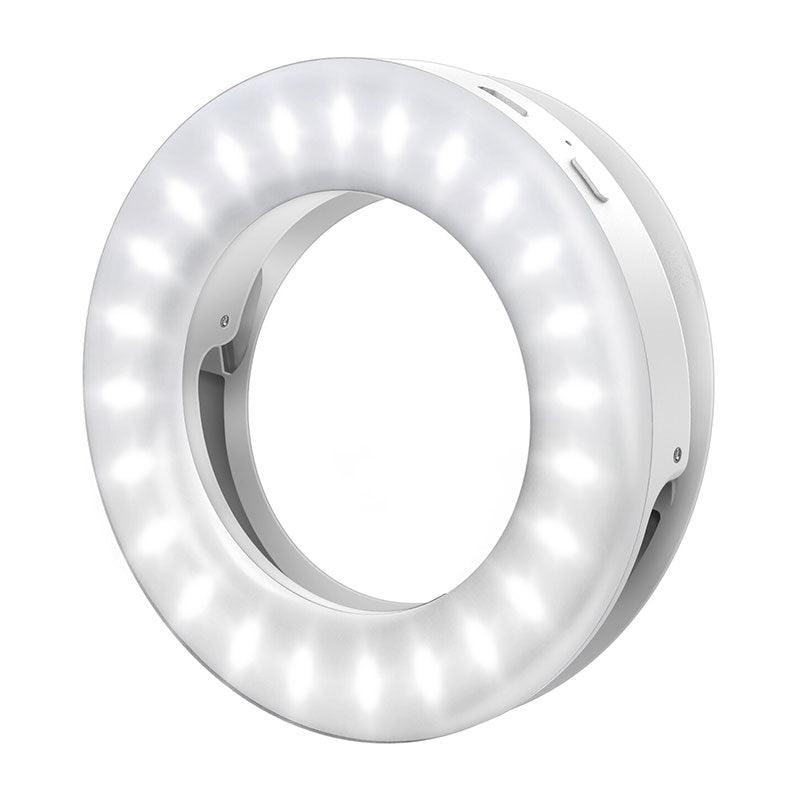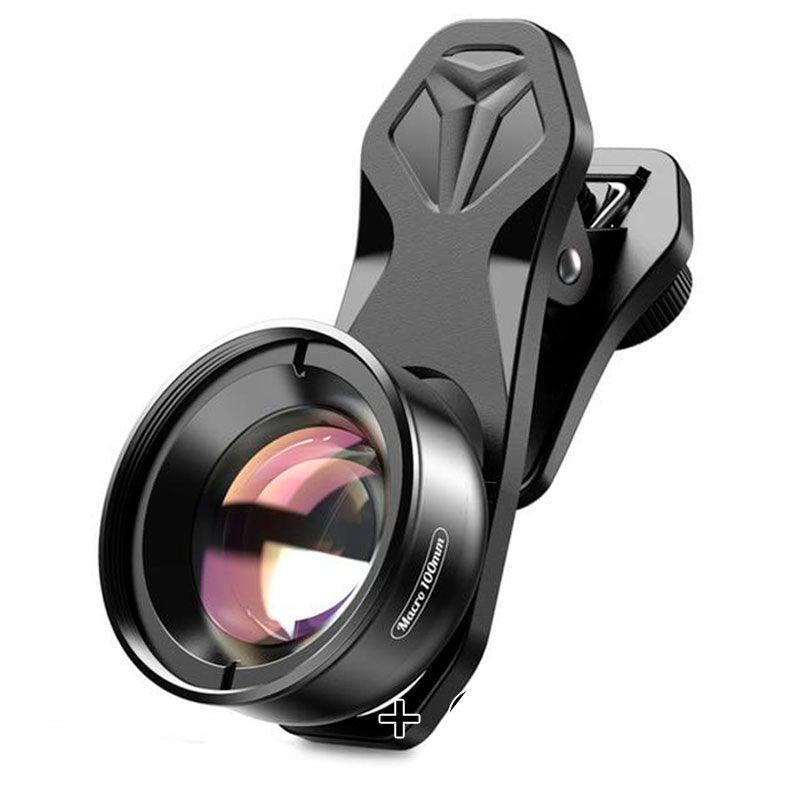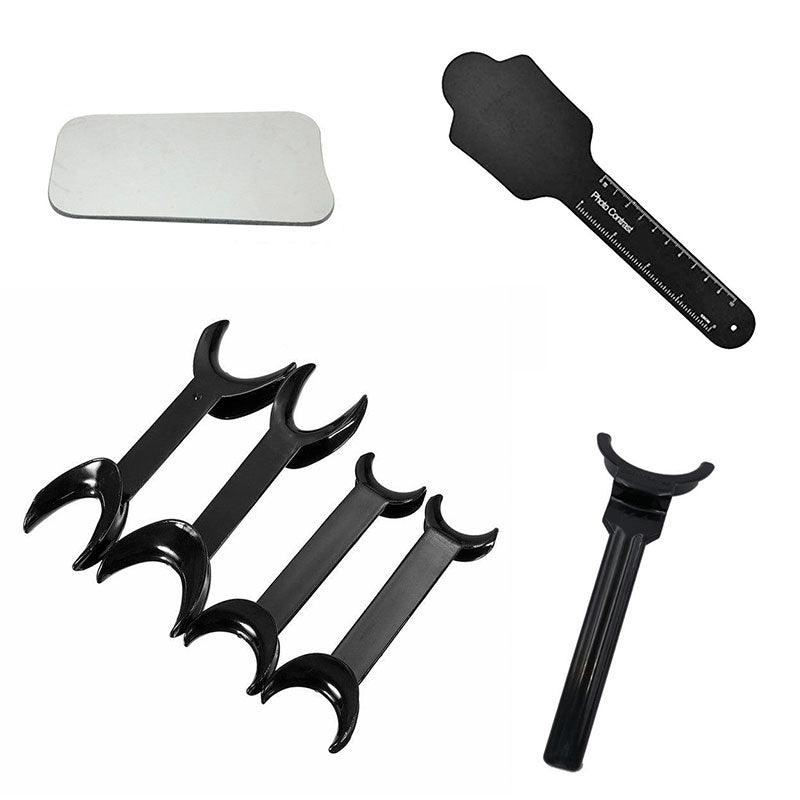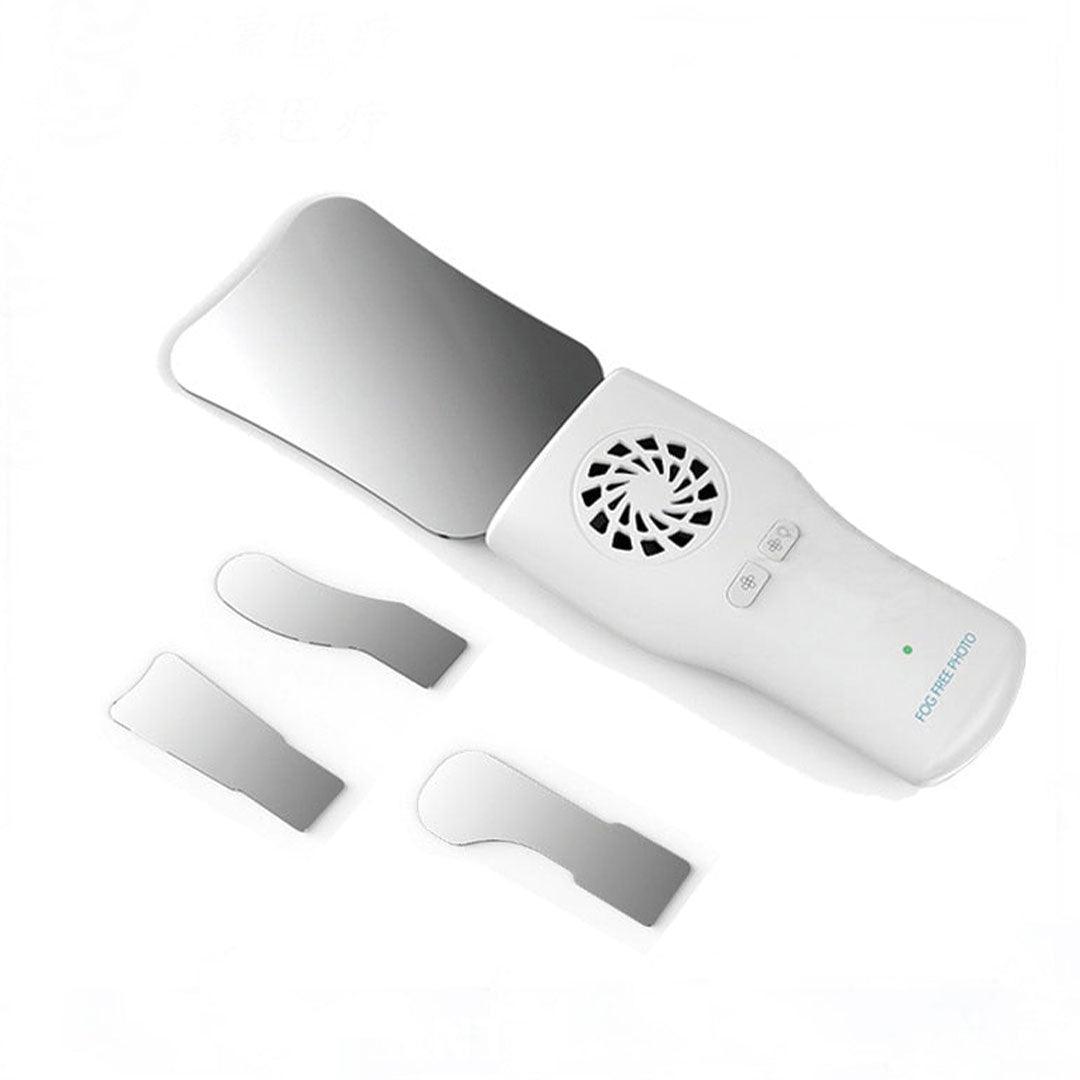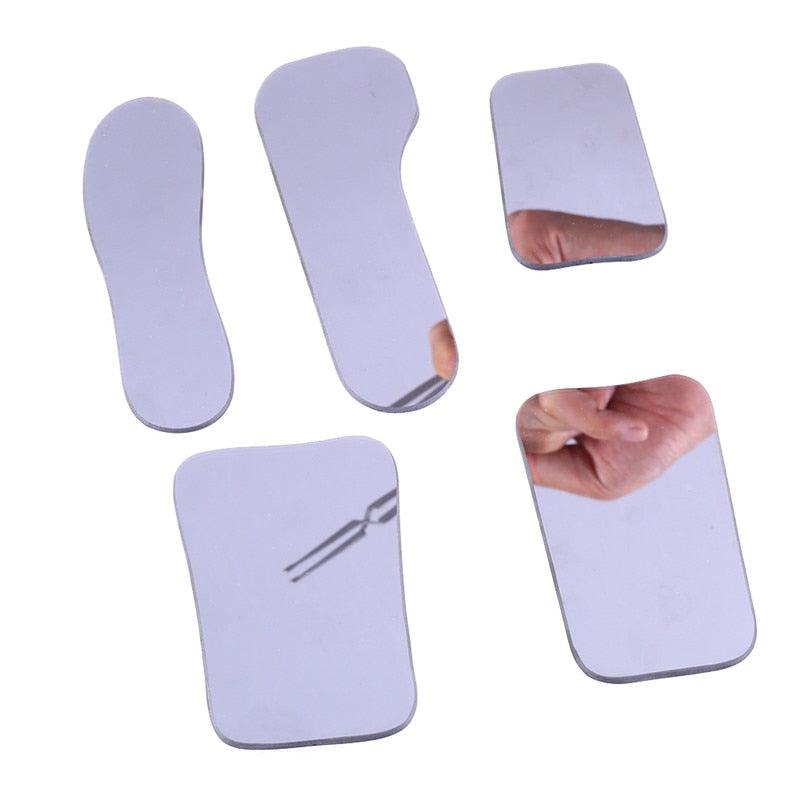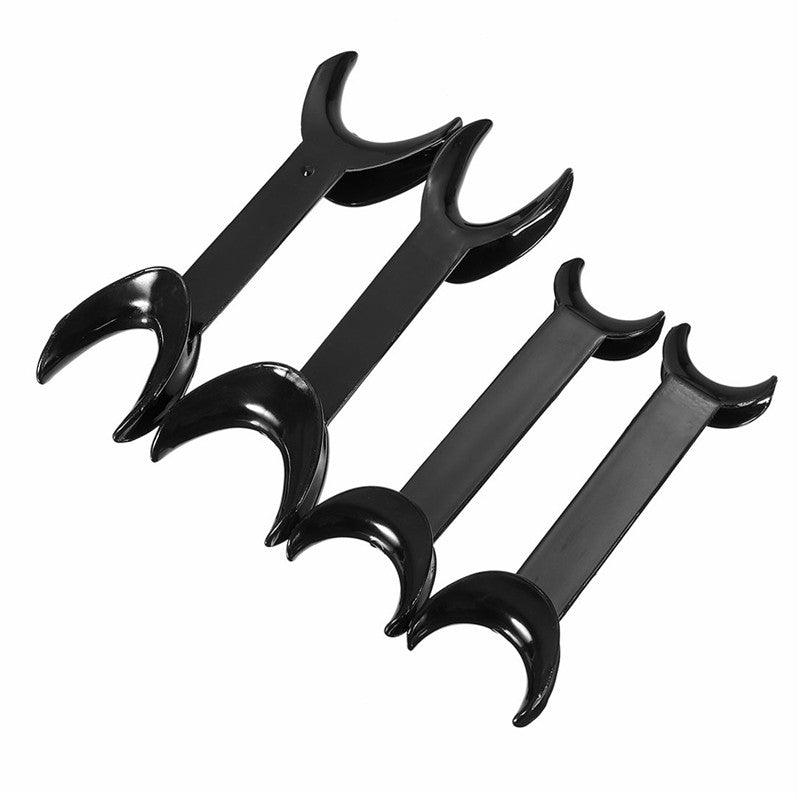A good single-lens reflex camera (SLR) is essential for equipping a dental office with the right technical tools for high-quality photography. Unlike digital compact cameras, which often degrade image quality and fail to convey essential details, an SLR camera offers superior performance and capabilities. It provides excellent image quality, optimal light utilization, precise parameter settings, and comfortable shooting at short distances. When choosing a camera, the brand is less important than the features it offers. However, well-known manufacturers like Nikon, Canon, Sigma, and Sony are reliable choices. A crop camera is sufficient for dental photography. Recommended models include Nikon D90, D7100, D3400, and Canon 70D, 60D, and EOS 350D.
A macro lens plays a critical role in dental photography, ensuring detailed and accurate image capture. The ideal lens for dental applications is one with a focal length of 100 mm and internal focusing. These features provide maximum comfort and precision during work. Recommended models include Nikon AF-S 105 mm f/2.8 VR Micro and Sigma AF 105 mm f/2.8 EX DG OS HSM MACRO.
Lighting is another indispensable element of dental photography. A ring flash is often the best option, as it provides shadow-free, even illumination and is mounted directly on the lens. For enhanced texture and topographical detail, dual flashes are also popular. Suitable flash models include Sigma EM-140 DG Macro, Canon Macro Ring Lite MR-14 EX, Raylab R-10TTL, and Nikon Speedlight Commander Kit R1C1 or Remote Kit R1. If you prefer to use a standard flash, consider adding a diffuser to minimize harsh highlights and dark areas. A great choice is Canon's Kit Macro Dental Macro Attachment.
In addition to the primary equipment, don’t forget to invest in essential accessories. These include spare batteries, memory cards, and a durable accessory bag. For intraoral photography, you'll need retractors, contrastors, lateral mirrors, and occlusal mirrors to ensure clear and professional images. With the right camera, lens, lighting, and accessories, you can elevate the quality of your dental photography and enhance patient communication and care.

















